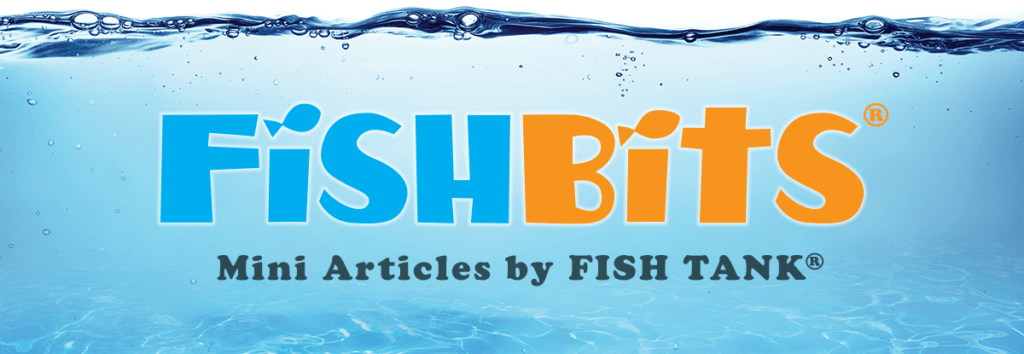Intellectual Property Insights from Fishman Stewart PLLC
Newsletter – Volume 22, Issue 11
Share on Social

April Showers Bring May Plant Patents
By Melissa M. Chapman
The spring season brings us flower beds full of fresh blooms the likes of tulips and daffodils. In the coming weeks and months, we will see even more flowers come to life and vegetable and fruit plants will begin producing crops. While admiring a flourishing garden, you may have wondered if a plant can be patented. The surprising answer is yes!
The United States Patent and Trademark Office began granting plant patents in the 1930s. A plant patent may be granted to an inventor who created a new variety of plant through asexual reproduction. Asexual reproduction means that the plant is reproduced by means other than through seeds. If granted, a plant patent provides protection for twenty years from the date of filing a patent application, providing the right to exclude others from asexually reproducing the plant, selling or using the plant, and importing the plant into the United States.
The first plant patent was for a rose variety, granted on August 18, 1931. Characterized for its champagne-colored blooms, and climbing and everblooming habit, the “New Dawn Rose” continues to be extremely popular. Though this particular patent has since expired, rose varieties continue to be one of the largest categories of plant patents. In fact, nearly half of all plant patents granted between 1931 and 1970 were for roses, and they continue to make up a large percentage of the granted plant patents today.
One of the most popular plants having a patent is the Hass Avocado. Patented in 1935 by Rudolph Hass, the Hass Avocado was one of the first fruits for which a plant patent was granted. Made from a gardening mistake and descending from a single tree in Rudolph Hass’ front yard, the Hass Avocado is known for its dark green and bumpy skin. It has become the most popular variety of avocado in the U.S. due to its long shelf life and high oil content, accounting for nearly 95% of the domestic avocado market.
In 2016, the patent office granted its first plant patent to a cannabis plant named Ecuadorian Sativa. Since then, only a small number of cannabis plants have been patented. However, with the increased focus on the legalization of cannabis, it should come as no surprise that the number of applications filed for cannabis plant patents continues to grow.
The next time you admire a garden or visit a nursery, you may wonder if the plants you have your eyes on have been granted patents from the United States Patent and Trademark Office.
Published May 27, 2022

Pleading and Proving a Trade Secret Case
Related Content from Fishman Stewart
In our previous FishTank article “The Great Beige-Off: Influencer Sues for ‘Vibe’ Infringement,” we reported on Sydney Nicole Gifford’s lawsuit against fellow influencer Alyssa Sheil over allegations of copyright infringement involving neutral-toned social media content.
People have long pondered whether or not the Giza pyramids were indeed solely burial chambers, which was the only known, and archaeologically determined, use—until now.
As the story goes, Klein was so taken with the indescribable blue of the sky over the Mediterranean in Nice, France, that he dedicated his artistic talent developing a blue that would imbue the canvas with this color in its purest form.
Despite her pseudo-legal background in Suits, Meghan has been running into one issue after another in her efforts to register the trademark and logo for her new lifestyle company, for now, called “AS EVER”.
By 1930, efforts began in New York to replace Mother's Day with Parent's Day because men were more than just breadwinners. Those efforts didn't catch on, probably because in that era, women often spent more time in the home.
In February, Nike and Skims announced that they will be working together on a new brand, NikeSkims. The co-brand will create a new line of training apparel, footwear, and accessories specifically designed to meet the unique needs of women athletes.
Generally, federal courts have exclusive jurisdiction over copyright cases, and often, this presents an insurmountable paywall for individual artists and small businesses to vindicate their rights, especially where the value of the individual copyrighted works are relatively low.
Dedicated to raising public awareness about the importance of encouraging innovation and creativity throughout the world, the World Intellectual Property Organization (WIPO) annually observes World Intellectual Property Day on April 26 to showcase the role that patents, trademarks, industrial designs, copyrights and trade secrets play in our everyday lives.
Hold onto your foam fingers, sports fans – college sports just got a whole lot more interesting! The latest updates to Name, Image, and Likeness (NIL) rules are making student-athletes bigger than ever, and it’s not just about the game anymore.
Did a federal court in Louisiana recently decide that US copyrights are global rights? It seems so.
IDENTIFYING, SECURING AND ADVANCING CREATIVITY®


















